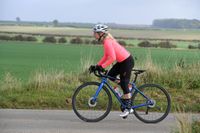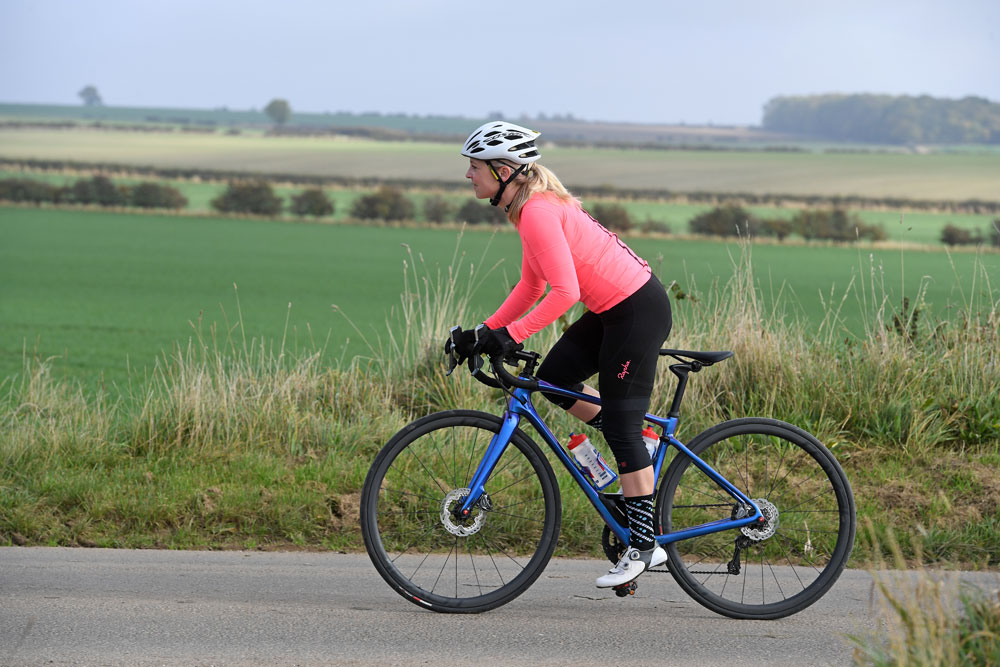Sponsored by Rouvy
Cycling training plan for beginners: 10-week plan to get fit through cycling
Just getting started on the bike? Or returning after a break? We're here to help!
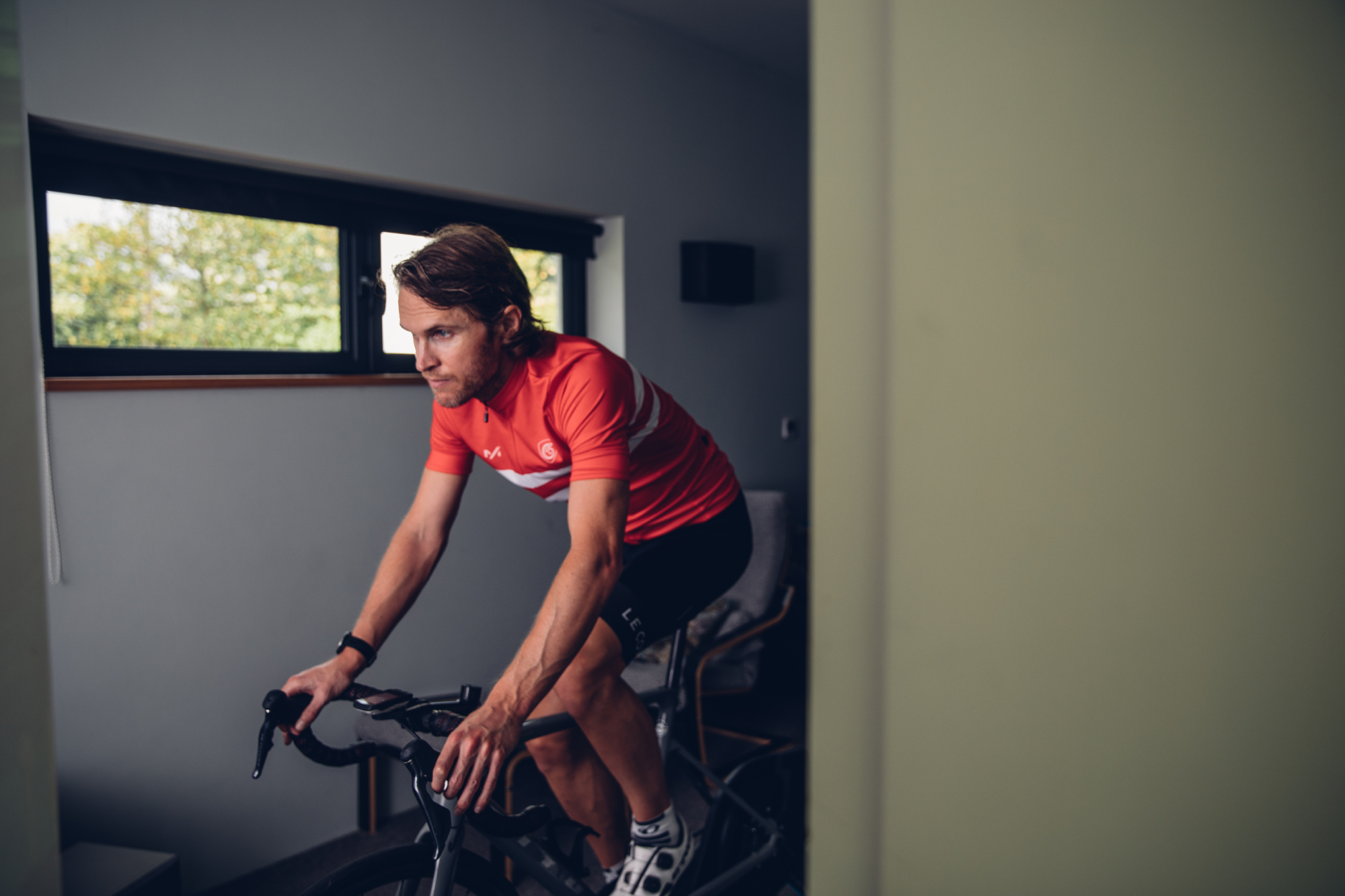
If you are completely new to cycling, have had a long break from exercise or are just starting a new healthier lifestyle this plan is a great place to start.
The beginner plan includes 6.5-8 hours a week of training, while this may initially seem a lot of time to dedicate it is only 1-2 hours a day with two complete rest days.
The most important thing is consistency. Jakub Kadlec, Performance coach of UCI team ROUVY Specialized, has this advice, “when you are just starting with cycling and especially if your work is sedentary it will feel challenging at first. Make time for activity three or four days a week. Keep it up for two weeks and then it becomes a habit. Habits are usually formed in two to three weeks.”
By the end of this plan you will be able to ride at a consistent pace for around three hours. The first five-week block will get you started with some low-intensity workouts, building into the second half of the programme and some longer and higher-intensity sessions. You will quickly notice changes in your body, “you can expect to find yourself feeling better on the bike, with more energy during daily work, and you’ll see some fat loss. You will breathe better when you climb the stairs.”
What do I need to get started?
For training to be effective you need to vary the intensity of your efforts to push your body in a controlled way that will help to build you fitness. This training plan shows you three ways of monitoring how hard you are exercising; power measured with a power meter, heart rate or RPE - rate of perceived exertion - how the exercise makes you feel.
Jakub Kadlec, Performance coach of UCI team ROUVY Specialized explains, “you can train hard and effectively without any devices, but you have to know your body perfectly. For coaches the easiest way to monitor training effort is to use the heart rate monitor and power meter, because with those we can see your power curve/profile and your base physiological reaction to the training from your heart rate response.”
Another useful training tool is a smart trainer. This is a static trainer you can use indoors that shows you your power, they are popular with all kinds of athletes from enthusiasts to elite racers, “Smart turbo trainers are useful mostly in bad weather or if you have a busy work schedule. With my athletes we use smart trainers with the ROUVY app all winter because we live in the mountains and a lot of days here are snowy or rainy.”
I want to access the training plan
Here's your 10-week beginner's cycling training plan. Save it somewhere, or print it out and stick it to the fridge, it's entirely up to you!
You can compete the plans outdoors, or indoors on any platform. If you do want to use ROUVY, which will allow you to train indoors on iconic routes, all new users get a 7-day free trial, and the code CYCLINGWEEKLY1M will provide one month of free usage.
How to get the most from the beginner training plan
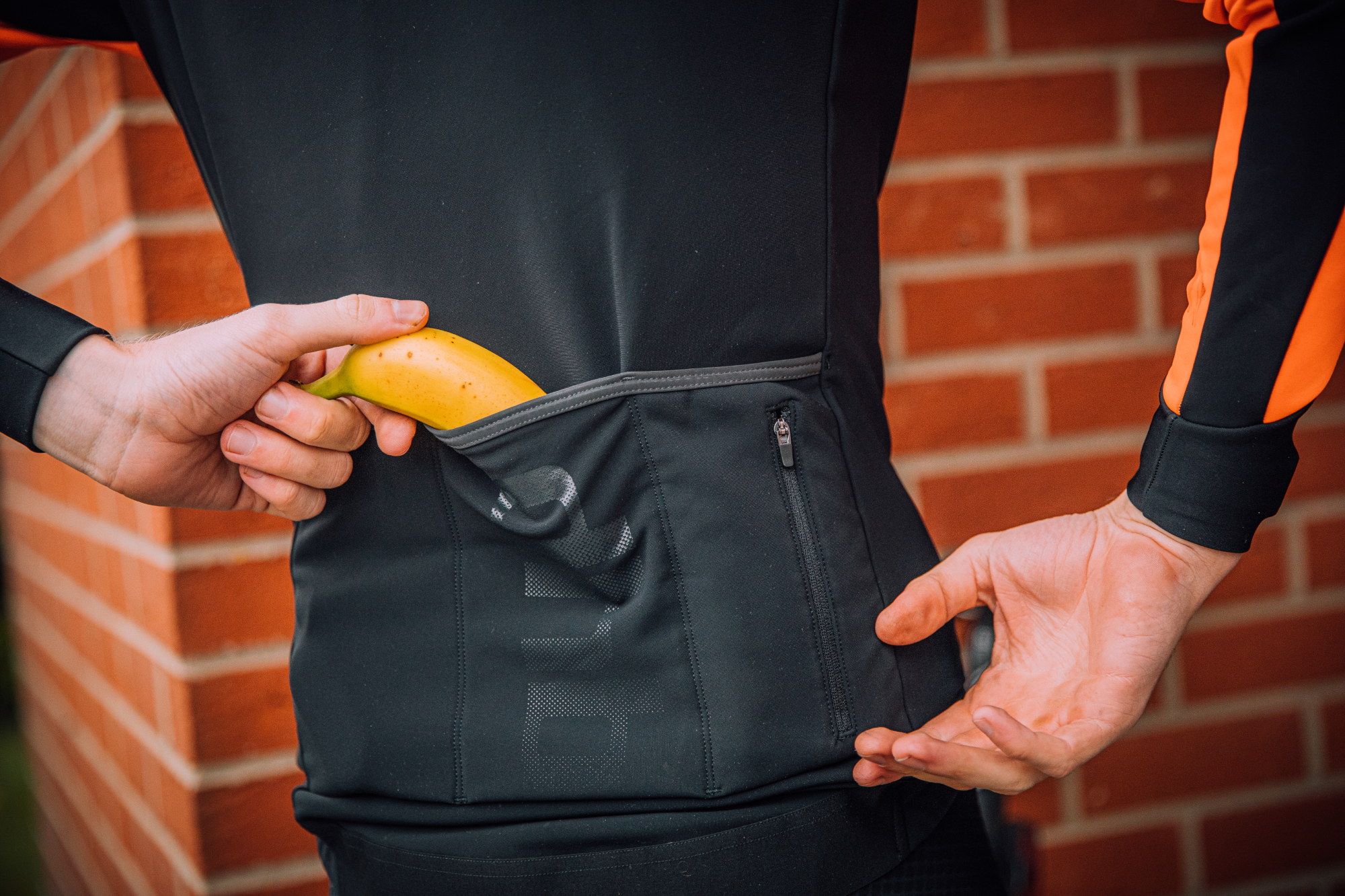
Make sure you fuel your rides, and get enough protein throughout the day
Starting a new training plan can be daunting but as you see your body change and develop the effort becomes worth it. Fitting in training to an already busy life can be tricky but coach Kadlec has this advice, “when you are busy, find a way to be consistent in the training process. One way is training early in the morning or in the evening on a smart trainer.” Having your indoor trainer set up and ready to go saves on time and makes it easier to stick to your plans, you can train when the weather is bad, if it is dark outside or you are unable to leave the house due to family commitments.
If you are finding the training sessions too hard at any point Coach Kadlec makes this suggestion, “leave more time for a rest between the sessions. Listen to your body. Starting with four easy trainings per week is better than only one ‘race ride’ per week. The building is not stable without the base - in the training process it's the same.”
As well as putting in the effort to move your body out of its comfort zone and get stronger you also need to pay attention to recovery, particularly if you are new to exercise.
Help your body by fuelling it with good quality nutrition, paying attention to the amount of protein you eat as this is the building blocks of muscle. Ensure you drink enough water while you are cycling, you should aim for around 500 ml of fluid per hour. Make sure that you allow yourself time between your training sessions to relax and recover and be sure to stick to your bedtime. You may find that when you start exercising more you need a little bit extra shut eye!
Training zones explained
The training plan uses 'training zones'. If you are training with a power meter, then these are calculated using a percentage of your FTP, a number you can establish via a 20-minute or ramp test, or via ROUVY's protocol.
If you're using heart rate, this is based on a percentage of your maximum heart rate. If RPE is your chosen method, this is rated out of 10, where 10 is 'as hard as possible'.
Zone | Power | HR | RPE |
Zone 1 | 55% of FTP | ||
Zone 2 | 55-75% of FTP | 68-85% | 3-4 |
Zone 3 | 76-90% FTP | 85-95% | 5-6 |
Zone 4 | 91-105% FTP | 95-105% | 7 |
Zone 5 | 106-120% FTP | 105% | 8 |
Zone 6 | 121-150% FTP | N/A | 9 |
Zone 7 | 150% FTP+ | N/A | 10 |
You can refer back to our introduction to cycling training plans page for more detail about the terms used throughout, and the zones.
Cycling Weekly provides these training plans in collaboration with global indoor cycling app ROUVY. ROUVY’s mission is to bring the world of cycling to your home by connecting the indoor and outdoor experience. ROUVY features thousands of exciting iconic routes, race courses and scenic rides so you can explore the world by bike. Using Augmented Reality technology combining real-world video footage with animated 3D objects creates an immersive and interactive riding experience. ROUVY can be connected with your Garmin, Strava or TrainingPeaks account. Challenge yourself and build your fitness by following workouts designed by coaches and professional athletes, or just get on your bike and explore the world! www.rouvy.com
The latest race content, interviews, features, reviews and expert buying guides, direct to your inbox!
Hannah Reynolds interest in cycling began while studying for a degree in Sports Science at the University College Chichester and surrounded by elite level cyclists. She is now undertaking a PhD at Sheffield Hallam University investigating the use of e-bikes by older people.
A committed dabbler whose passion outweighed her talent Reynolds has competed across all disciplines of cycling bar BMX. In the very distant past she has been south-east road race champion, southern cyclo-cross champion and finished third in the European 24hr Solo mountain-bike champs in 2011. She was also the Fitness Editor of Cycling Weekly for 15 years.
Hannah Reynolds is author of several cycling books, France-en-Velo a guide to the ultimate 1000 mile cycle route from the Channel to Med; Britain's Best Bike Ride. LEJOG1000; A 1000 mile journey from Land's End to John o' Groats and 1001 Cycling Tips.
-
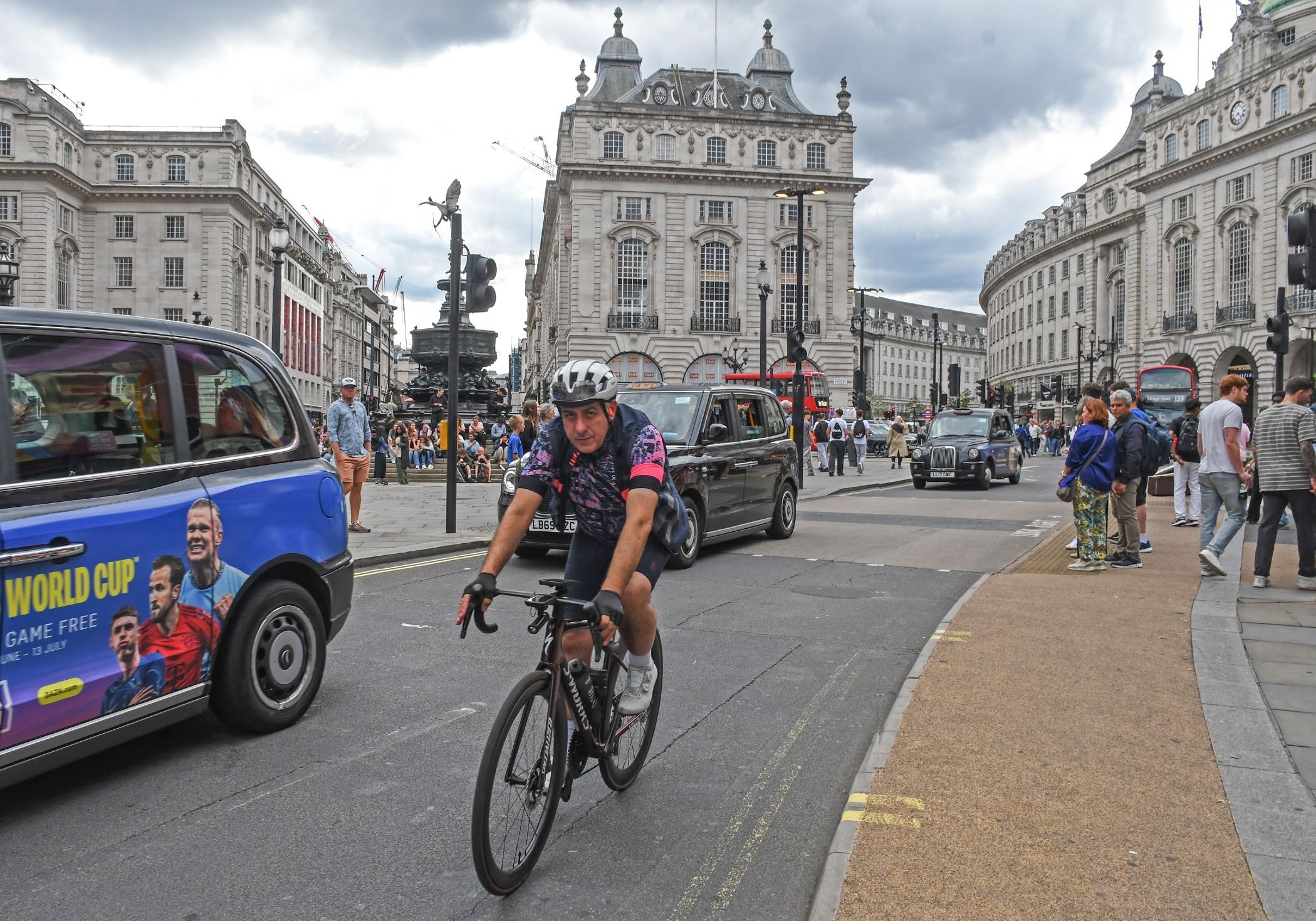 'Here I am at 3.30am, wearing a skeleton suit, in a graveyard, in the pissing rain' – the magic behind the world of Strava art
'Here I am at 3.30am, wearing a skeleton suit, in a graveyard, in the pissing rain' – the magic behind the world of Strava artWe join a Strava artist on a work-in-progress to find out how it takes shape
-
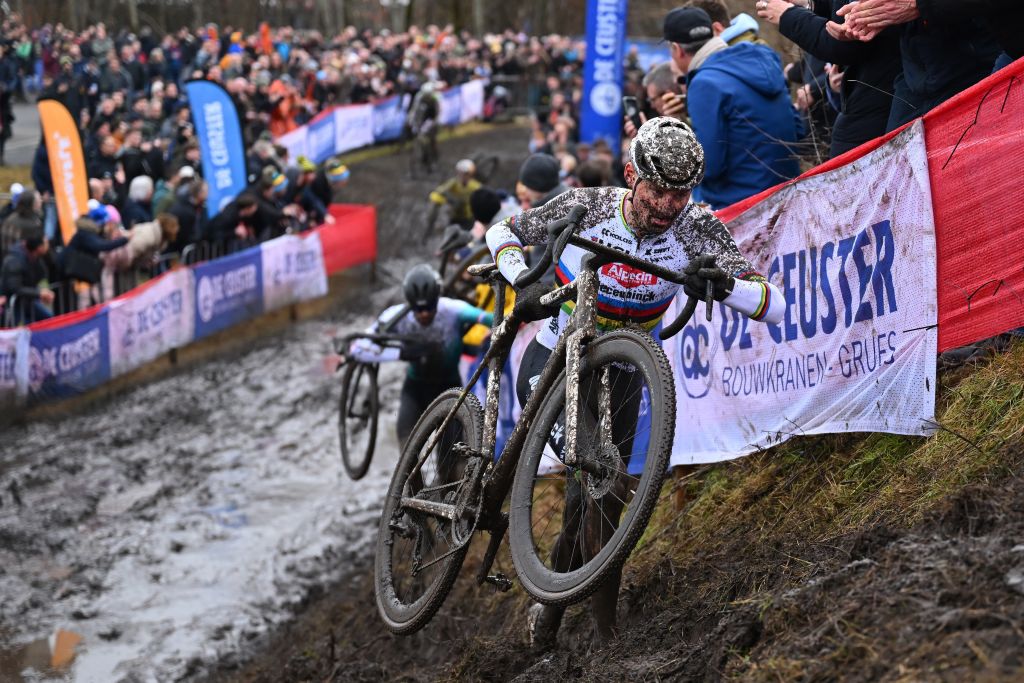 World Champion Mathieu van der Poel is back in action this weekend in Namur - Watch it wherever you are, and save $650 on a NordVPN subscription
World Champion Mathieu van der Poel is back in action this weekend in Namur - Watch it wherever you are, and save $650 on a NordVPN subscriptionDeals NordVPN is a highly recommended VPN service, and with up to 77% off, it's a bargain buy. You'll have to hurry, as this deal ends soon
